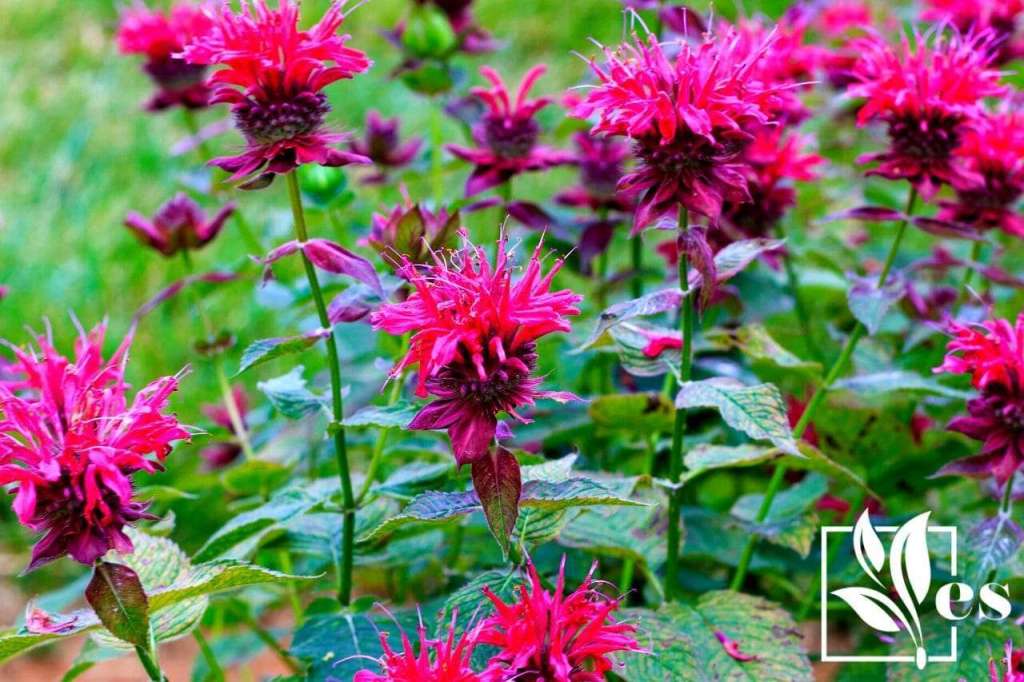Native Plant Companions: Enhancing Biodiversity in Your Garden
Introduction:
In recent years, there has been a growing interest in incorporating native plants into home gardens and landscapes. Native plants are naturally adapted to the local climate, soil conditions, and wildlife interactions, making them an excellent choice for sustainable gardening practices. One effective way to maximize the benefits of native plants is by choosing suitable plant companions that can enhance biodiversity and create a thriving ecosystem within your garden. In this article, we will discuss the concept of native plant companionship and provide some examples of successful combinations.
What are Native Plant Companions?
Native plant companions refer to a group of plants that coexist harmoniously while providing mutual benefits such as pest control, nutrient cycling, pollination support, shade provision, or structural support. When these relationships occur naturally in ecosystems, they contribute to overall ecological balance. By replicating these interactions in our gardens through thoughtful selection and placement of companion plants, we can create healthier and more resilient landscapes.
Choosing Native Plant Companions:
When selecting native plant companions for your garden or homestead, consider the following factors:
1. Ecological Services: Look for complementary services provided by different plant species. For example:
– Nitrogen-Fixing Plants: Some legumes like clover or lupines have specialized root nodules that host nitrogen-fixing bacteria. These plants capture atmospheric nitrogen and convert it into a form usable by other nearby plants.
– Pest-Repellent Plants: Many aromatic herbs like marigold or lavender emit natural compounds that deter pests from neighboring crops.
– Pollinator Attractors: Select flowering plants with overlapping bloom periods to ensure continuous food sources for pollinators throughout the growing season.
2. Growth Habit Compatibility: Consider the mature size and growth habit of each plant species when planning their placement within your garden beds or landscape design.
3. Soil Preferences: Pay attention to the specific soil requirements of each plant species. Some plants prefer well-drained soils, while others thrive in moist or clay-based soils. Grouping plants with similar soil preferences will help them grow and compete for resources more effectively.
Examples of Native Plant Companions:
Now let’s explore a few examples of native plant companionship that can enhance biodiversity in your garden:
1. Three Sisters Garden:
The Three Sisters Garden is a classic example of companion planting used by Native American cultures for centuries. It involves growing corn, beans, and squash together:
– Corn provides vertical support for the climbing beans.
– Beans fix nitrogen in the soil, benefiting both corn and squash.
– Squash spreads its large leaves to provide shade, reducing weed growth and conserving moisture.
2. Milkweed and Monarch Butterflies:
Milkweed (Asclepias spp.) is an essential host plant for monarch butterfly caterpillars. By planting milkweed alongside nectar-rich flowers like coneflowers (Echinacea spp.), black-eyed Susans (Rudbeckia spp.), or bee balm (Monarda spp.), you create a supportive habitat for monarch butterflies throughout their life cycle.
3. Comfrey and Fruit Trees:
Comfrey (Symphytum spp.) has deep roots that mine nutrients from lower soil layers, making it an ideal companion for fruit trees. As comfrey leaves decompose on the surface, they release nutrients back into the topsoil where fruit tree roots can access them easily.
4. Bee Balm and Bees:
Bee balm (Monarda didyma) attracts both hummingbirds and bees with its vibrant blooms. Its tubular flowers provide nectar sources while attracting pollinators necessary for fruit set in nearby vegetable crops or orchards.
Conclusion:
By incorporating native plant companions into your garden design or homestead landscape, you can create a more diverse and thriving ecosystem. The relationships between these plants provide numerous ecological benefits, including improved soil fertility, increased pollination rates, pest control, and overall garden resilience. So next time you plan your garden layout or landscape design, consider the power of native plant companionship and unlock the potential for sustainable gardening practices.


Leave a comment